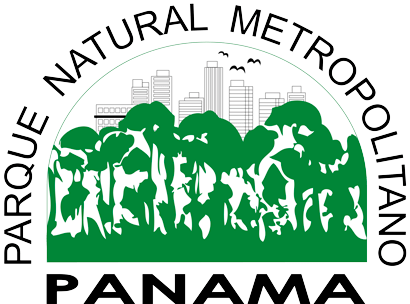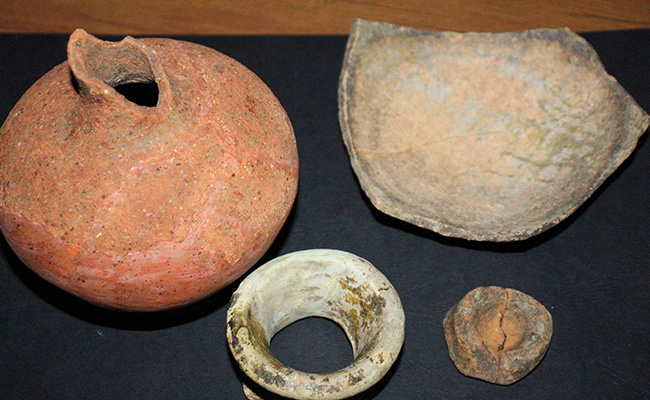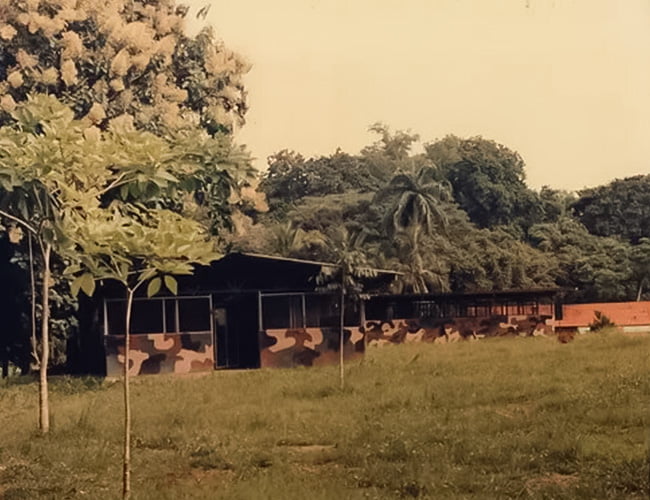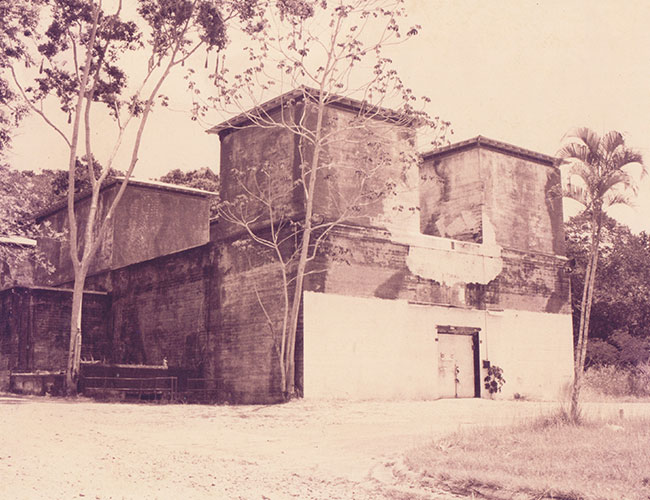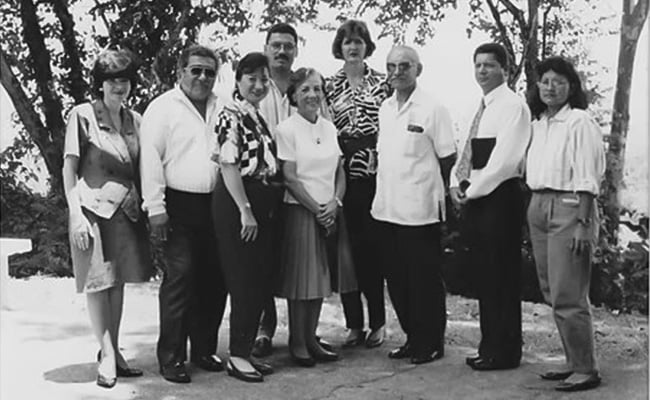OUR HISTORY
Traces of our pre-Columbian and colonial past
During the colonial era, the site of the Metropolitan Natural Park in Panama City would have looked very different. Caravans loaded with gold and silver from South America would leave Panama City, heading for the town of Venta de Cruces on the banks of the Chagres River. From there, small boats carried the treasures across to Portobelo, a city with one of the very few ports in the new world that were authorized to receive royal currency. Merchants departing from Panama City on their way to Venta de Cruces would have passed close by what is now the site of the Metropolitan Natural Park.
US and Panamanian military presence.
Under the Hay-Buneau Varilla Treaty of November 18th, 1903, all lands and waters within a five-mile perimeter on either side of the Interoceanic Canal were surrendered to the United States Government for the construction, operation, protection, and maintenance of the waterway. This included the land that today makes up the Metropolitan Natural Park, which was then also taken over by the US administration.
Building 420 (pictured) was built in the late 1940s by the U.S. Army Air Corps (predecessors of the U.S. Air Force). It spans an area measuring 18,816 square feet and was used as an aircraft testing facility.
Between August 19th, 1989, and June 15th, 1997, the U.S. Department of Agriculture issued the U.S. Embassy with a permit to use the site as a warehouse to store medicines and agricultural produce. This was a humanitarian project that allowed the Panamanian and US governments to collaboratively eradicate the borer worm infestation in Panama’s Darien Province.
The Castle (“El Castillo”)
Building 1002, known as the Castle, or “El Castillo”, was an aircraft maintenance facility. El Castillo was built for the specific purpose of testing and maintaining aircraft machinery. In January 1974, the United States Air Force transferred control of this building to the United States Army. It was then leased to the Southern Heat Pump company from 1976 until 1984, and from then until 1992 it was leased to several other companies. In compliance with the Panama Canal Treaty, the deeds for El Castillo and Building 420 were transferred to the Panama government in 1993.
Canine Tactical School from the former Panama Defense Forces.
Canine Tactical School from the former Panama Defense Forces. In 1983, long before it became the Visitor Center it is today, the former Panama Defense Forces transformed the area into the Canine Tactical School. It is relevant to note here that testimonies suggest that this expanse of land within the wider protected area was used for canine training, especially during the political crisis of the late 1980s. There is very little information about the activities that took place here, but when the PNM administrators took over the land in 1990, parts of the old facilities remained, such as the cages that were used to confine the dogs that were being trained by the military.
Founding the conservation area
The early land-use plans for the Panama Canal region show the first intentions to establish a protected forest area where the PNM is located. It was a time when increasing interest was mounting to conserve the forested areas within the Canal Basin, thus ensuring the interoceanic route could function optimally. After several meetings were held to discuss the issue, it was decided that protected forest areas would be established in the former Canal Region, which would undoubtedly make the most of the landscape. In the Master Land-Use Plan for the Panama Canal Basin of 1980, the Ministry of Planning and Economic Policy (MIPPE) recommended the conservation area be established.
Building 420 (pictured) was built in the late 1940s by the U.S. Army Air Corps (predecessors of the U.S. Air Force). It spans an area measuring 18,816 square feet and was used as an aircraft testing facility.
Executive Decree No. 15 of 1963 subsequently prohibited any activities that could affect the integrity of natural ecosystems in the area, including human settlements, agriculture, hunting, and logging. However, the Decree did not outline any restrictions for infrastructural development. Despite protests, the John Paul II road was built in 1983, which had a profound impact on the region’s ecology.
On June 2nd, 1984, officials from the National Environmental Commission (CONAMA), the Ministry of Agricultural Development (MIDA), the Ministry of Public Works (MOP), the Municipality of Panama, and representatives of environmental civic groups, participated in a presidential tour of the Recreational Area of Curundú. Following this visit, CONAMA was commissioned to organize a working group to develop a proposal to establish a natural park. The following year, with Act 8 of July 5, 1985, the Metropolitan Natural Park was founded. Thus, the new conservation area had a legal basis that guaranteed its protection and administration, conferred upon by a board made up of civilians and government representatives.

